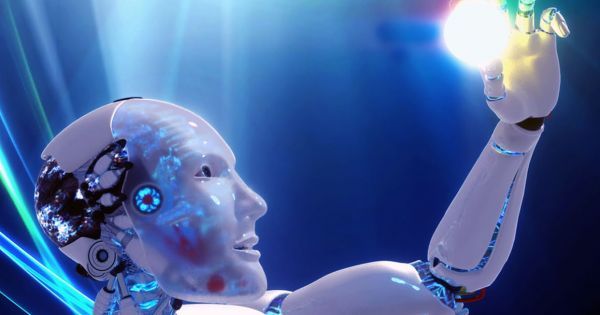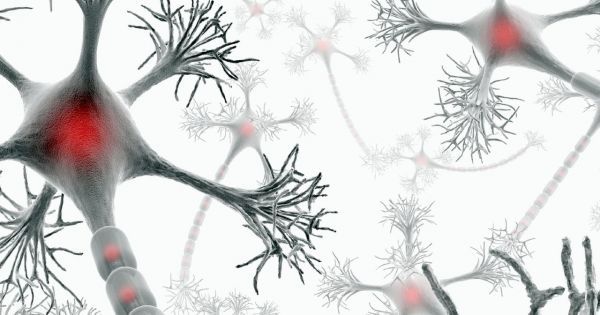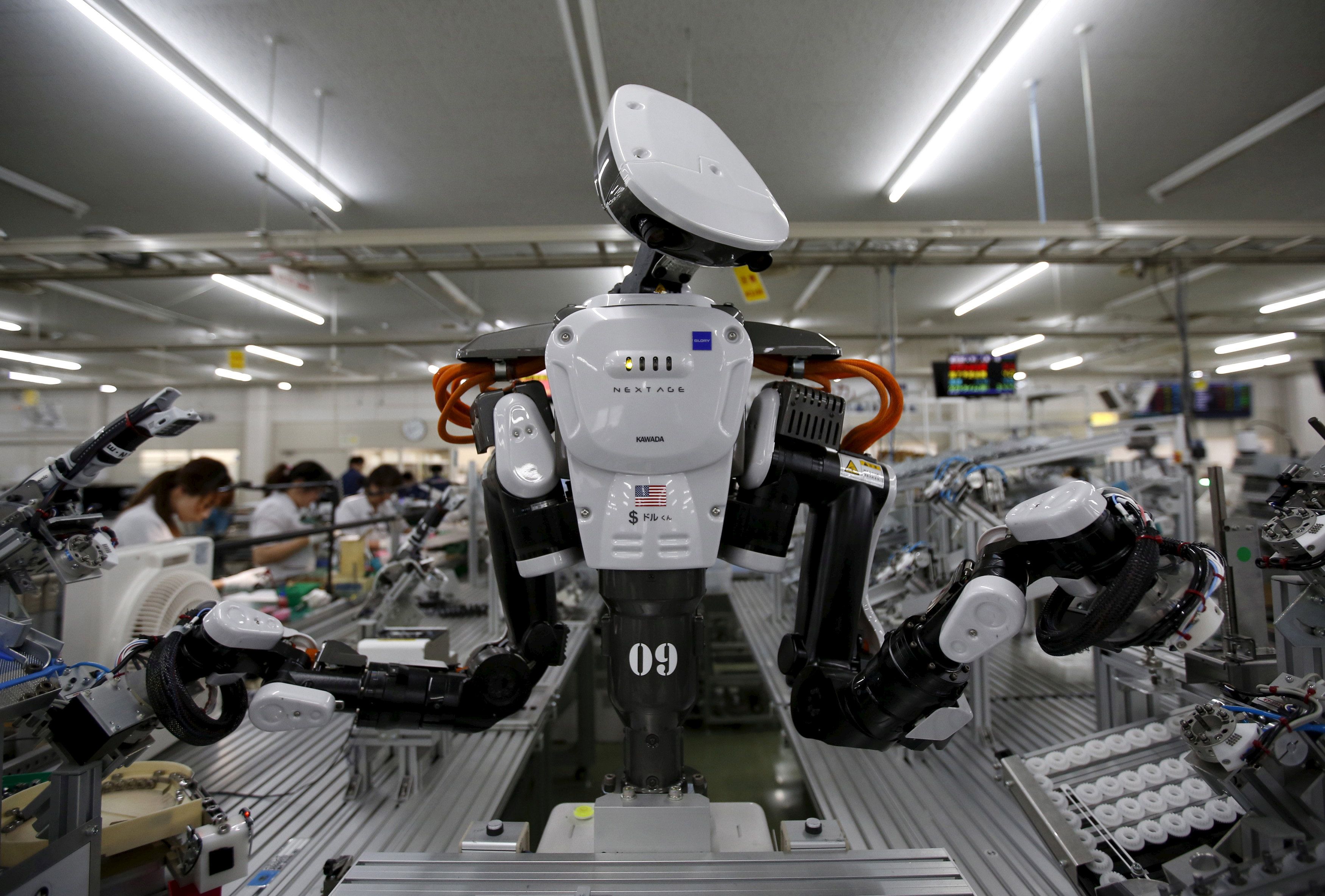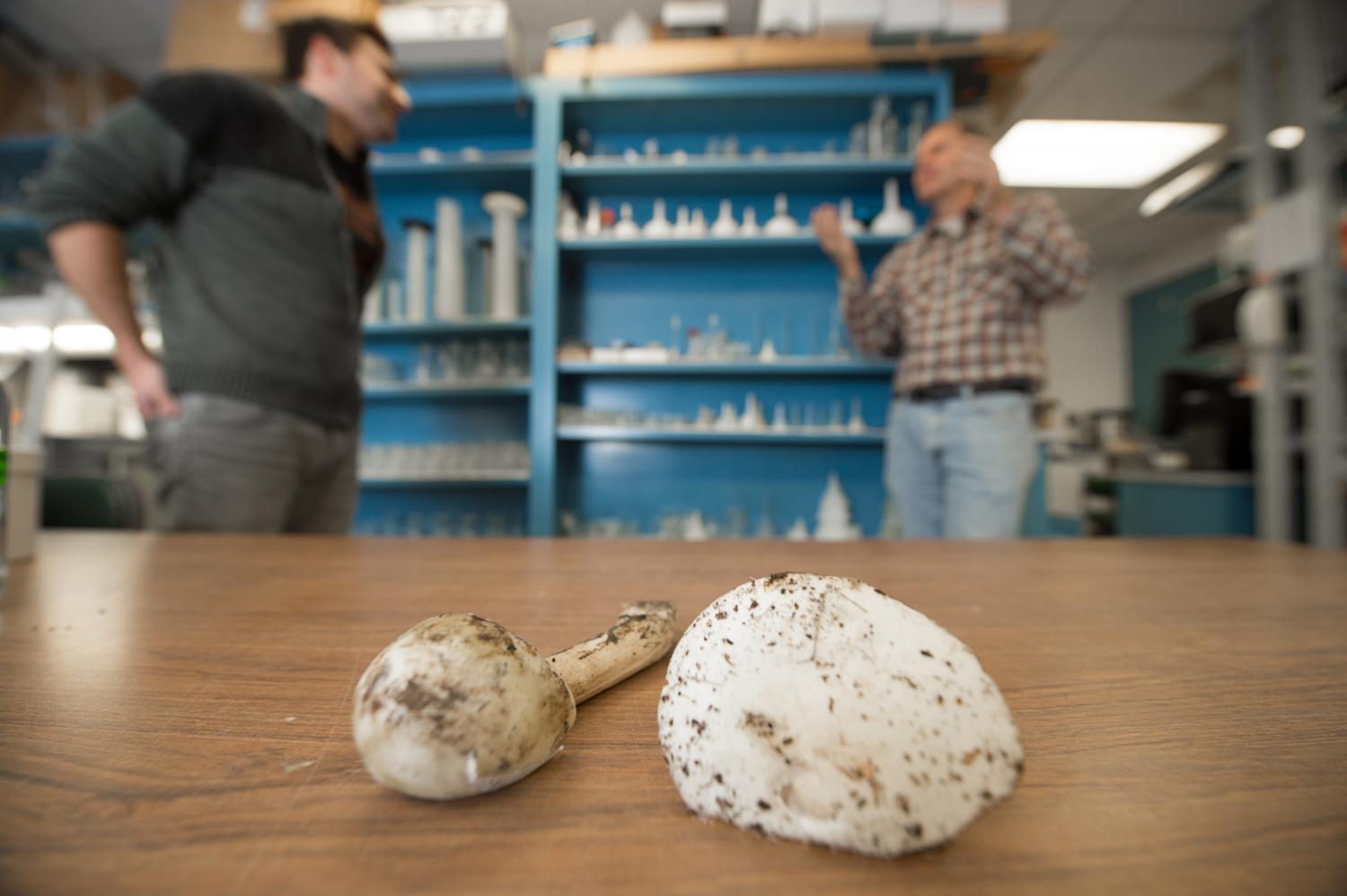Page 10095
Jan 26, 2017
How Automation is Going to Redefine What it Means to Work
Posted by Shane Hinshaw in categories: economics, robotics/AI
In Brief The time for machines to take over most of humanity’s work is rapidly approaching. The world is woefully unprepared to deal with the implications that automation will have over the coming decades. Universal basic income is just beginning to be discussed, and automation has the potential to displace much of the world’s workforce. Many decisions have to be made, and quickly, if we hope to keep pace with innovation.
On December 2nd, 1942, a team of scientists led by Enrico Fermi came back from lunch and watched as humanity created the first self-sustaining nuclear reaction inside a pile of bricks and wood underneath a football field at the University of Chicago. Known to history as Chicago Pile-1, it was celebrated in silence with a single bottle of Chianti, for those who were there understood exactly what it meant for humankind, without any need for words.
Now, something new has occurred that, again, quietly changed the world forever. Like a whispered word in a foreign language, it was quiet in that you may have heard it, but its full meaning may not have been comprehended. However, it’s vital we understand this new language, and what it’s increasingly telling us, for the ramifications are set to alter everything we take for granted about the way our globalized economy functions, and the ways in which we as humans exist within it.
Continue reading “How Automation is Going to Redefine What it Means to Work” »
Jan 26, 2017
New Drug Transforms the Immune System to Slow the Progress of Multiple Sclerosis
Posted by Shane Hinshaw in categories: biotech/medical, neuroscience
In Brief:
- The Multiple Sclerosis Foundation estimates that more than 400,000 people in the United States and about 2.5 million people around the world have MS.
- A new drug, Ocrelizumab, is the first known drug shown to work against the primary progressive form of MS by altering the immune system to slow damage to the brain.
Multiple sclerosis (MS) is an unpredictable and potentially disabling disease that cripples the central nervous system. It’s a widespread neurological condition that hits young adults, usually between the ages of 20 and 40, caused by an immune system disorder that mistakes a part of the brain as a hostile foreign object and attacks it. Though there are treatments available, particularly for its second state, multiple sclerosis remains incurable.
Jan 25, 2017
51% of All Job Tasks Could be Automated
Posted by Dan Kummer in categories: employment, robotics/AI
Automation in the workplace has been one of the looming existential threats to American workers for years now. And with each new study published, the fear of robots, machines, and artificial intelligence coming to take our jobs ticks higher.
But a new report from McKinsey finds that the future of work and automation isn’t quite the zero-sum game when it comes to jobs as some perceive.
Right now, 51% of job activities could be automated with “currently demonstrated” technology, the McKinsey report says. The distinction is noteworthy: McKinsey isn’t saying half of all jobs can be automated with existing technology, but rather job tasks. Many jobs involve a blend of both the mundane and the intricate. Machines are excellent at handling rote, predictable tasks like repetitive physical labor and data collection and processing, making jobs like retail, foodservice, and manufacturing —a big theme in the 2016 campaign—most affected. As 51% of all working hours, these endangered activities make up $2.7 trillion in wages.
Continue reading “51% of All Job Tasks Could be Automated” »
Jan 25, 2017
Autonomous Cars Could Travel at the Speed of Sound
Posted by Shane Hinshaw in categories: robotics/AI, transportation
Are you an avid supporter of aging research and a keen longevity activist?
The Biogerontology Research Foundation is offering select summer internships for talented individuals. You’d join a passionate and supportive team in researching diagnostic, prognostic, and therapeutic strategies; advising a panel of investors in developing a roadmap to promote longevity science and related technologies across the globe.
The advertised positions are 3 month internships, with the possibility of continuing afterwards. Free accommodation will be provided for in London, alongside a negotiable salary.
The Biogerontology Research Foundation is a UK based think tank dedicated to aging research and accelerating its application worldwide.
Jan 25, 2017
How Physicists Quantum Teleported Information Over 62 Miles
Posted by Shane Hinshaw in categories: internet, quantum physics
Jan 25, 2017
Go Boldly — Future of Medicine
Posted by Shailesh Prasad in categories: biotech/medical, futurism
Jan 25, 2017
Bioprinting Human Skin Cuts the Time Needed from Weeks to Minutes
Posted by Steve Hill in categories: 3D printing, bioengineering, bioprinting, biotech/medical
More progress for tissue engineering.
Skin is one of the easier starting points for 3D bioprinting, the application of rapid prototyping technologies to the construction of living tissue. Since skin is a thin tissue, the challenging issue of producing the intricate blood vessel networks needed to supply inner cells with oxygen and nutrients can be skipped. Thin tissue sections can be supported in a suitable nutrient bath, and after transplant, patient blood vessels will grow into the new skin. Further, there is a fairly large and long-established research and development industry involved in various forms of skin regeneration. Numerous forms of prototype skin-like tissues have been created over the years, lacking many of the features of the real thing, but still useful in the treatment of, for example, burn victims. Further, skin structure is by now well understood, and considerable progress has been made in deciphering the signals and environment needed for suitable cells to self-assemble into the correct arrangements. All told, it should not be a complete surprise to see significant progress emerge in this part of the field.
Jan 25, 2017
Sequencing poisonous mushrooms to potentially create medicine
Posted by Steve Hill in categories: biotech/medical, genetics
Just when you thought there wasnt mushroom left for new drug discovery!
A team of Michigan State University scientists has genetically sequenced two species of poisonous mushrooms, discovering that they can theoretically produce billions of compounds through one molecular assembly line. This may open the door to efficiently tackling some lethal diseases.
The study, published in the journal BMC Genomics, reveals the DNA of two Amanita mushrooms, which are responsible for the majority of fatal mushroom poisonings.
Continue reading “Sequencing poisonous mushrooms to potentially create medicine” »


















